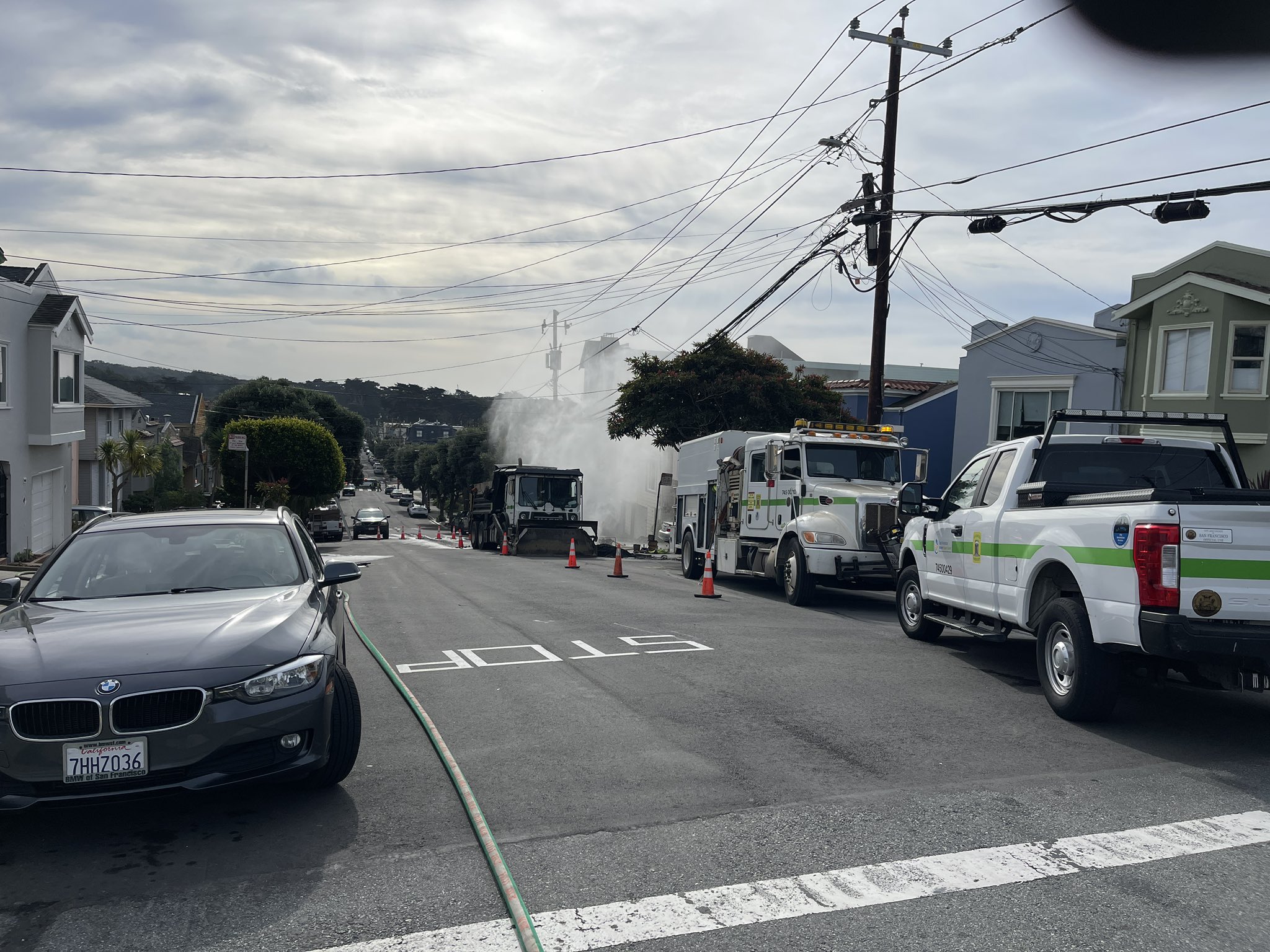A famous beached concrete ship suffered the latest in a long line of casualties over the weekend as explosive surf, brutal storms and record-setting waves lashed at its core.
The stern of the S.S. Palo Alto was eaten by the ocean on Saturday off Seacliff State Beach, located east of Santa Cruz in Capitola, on Park Avenue off of Highway 1. While the ship is still there, it's broken almost in half and it's no longer possible to walk from the end of the pier to the tip of the ship.
The Cement Ship "took quite a beating," as the Twitter account for Santa Cruz County's travel bureau put it.
Today the #SSPaloAlto aka #CementShip took quite a beating. Share your memories w/ us of this iconic & beloved relic! ❤🚢😢
— Santa Cruz County (@visitsantacruz) January 22, 2017
📷: marissahushaw pic.twitter.com/Az0ennrcVl
"It's an icon," Aptos resident Chris White told NBC Bay Area on Monday. He grabbed his camera and took a photo of the "amazing" ship on Saturday.
He was one of many photographers, including Gabriel DeVault, who wanted to document the ongoing destruction of the historic ship. Devault's drone video (above) shows ocean waves spewing through the holes in the boat.
Nicknamed "the Cement Ship," the 99-year-old SS Palo Alto really was made of concrete, but it's been beached on the California shore for many years. Long deterioriating, it's been used as an artificial reef and, until about a decade ago, as a fishing pier.
Local
"It's sad to see it go," DeVault said, "but it was a vastly superior option than to just sink it. Even now it is still a tourist attraction and will provide a happy home to the fish for years to come."
[NATL-LA 2017 GALLERY] Winter 2017: Strongest Storms in Years Soak California
Even as it decayed, the hulking ship was a favorite for beach photo backdrops. People came out on the weekend to take more pictures of their childhood memories.
Waves in that area on Saturday reached records heights of 34 feet, according to the National Weather Service, and they were too much for the oil tanker built in 1919.
The S.S. Palo Alto is the most famous concrete ship on the West Coast, according to the website concreteships.org, and was built by the San Francisco Shipbuilding Company in Oakland.
The ship remained docked in San Francisco Bay for over 10 years until it was purchased by a private company and towed to Seacliff State Beach in Santa Cruz County, according to the website. The ship was grounded in the bay and connected to the shore by a long pier. It was initially a party boat complete with arcade, dining room, dance hall and even a swimming pool.
James Delgado knows the S.S. Palo Alto well. He is a maritime archaeologist for the National Oceanic and Atmospheric Administration who also used to fish off the end of the ship and camp alongside it on the beach as a kid.
[NATL] Extreme Weather Photos: Record Heat Threatens Europe
He described it as a "local product of the government's program" to built a fleet of merchant vessels with different materials to offset losses to the German U-boats during World War I. He told NBC Bay Area there was a deep need to build ships as fast as possible, so U.S. ship builders used any materials they could: steel, wood and concrete.
The S.S. Palo Alto, was part of the "emergency fleet" during and after the end of the war. Delgado remembered the hull first cracked about 1950, and it continued to break up, most significantly starting in 2005.
As odd a ship made of concrete sounds, the California Department of Parks and Recreation says the idea came from a Norwegian inventor. Anything can float if the weight of the water it displaces is more than its own weight.
When the concrete is formed into the shape of a ship, much of the interior space contains empty air, which is less dense than water, the Museum of Unnatural Mystery notes. Since the total ship is a combination of air and concrete, the density for the whole ship becomes less than the water, allowing it to float.
The California State Parks says on its website that the ship is unsafe and closed to the public indefinitely, as is the fishing pier until repairs can be made.



